 sales@loadcellsensor.com
sales@loadcellsensor.com

Unlocking Precision: How Multi-Axis Load Cells Revolutionize Weight Measurement in Modern Technology
In today's fast-paced technological landscape, precision in weight measurement is paramount across various industries, from manufacturing to healthcare. Multi-Axis Load Cells have emerged as a revolutionary solution, offering unparalleled accuracy and versatility in weight sensing. According to a recent market analysis by Markets and Markets, the global load cell market is projected to reach $1.5 billion by 2026, spurred by the increasing demand for advanced measurement technologies. Multi-Axis Load Cells stand out in this market due to their ability to measure forces along multiple axes simultaneously, enhancing data integrity and operational efficiency. As industries continue to prioritize precision in their applications, the adoption of Multi-Axis Load Cells is expected to grow significantly, revolutionizing the way weight measurement is approached in modern technology.
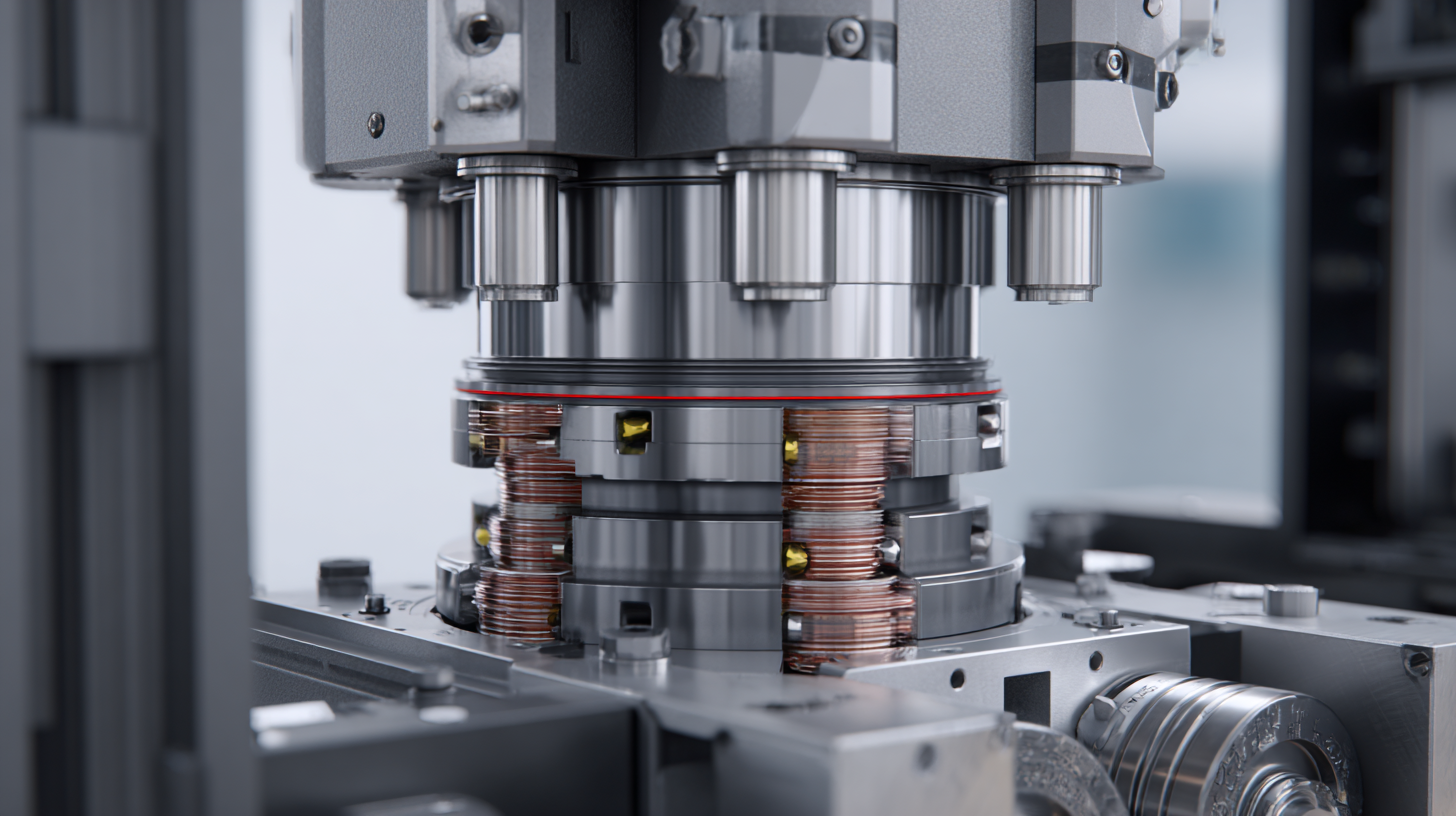
The Importance of Precision in Weight Measurement for Modern Industries
In modern industries, the demand for precision in weight measurement has reached unprecedented levels, impacting sectors such as pharmaceuticals and aerospace significantly. Accurate weight measurement is crucial in these fields, where even the slightest deviation can lead to catastrophic outcomes. For instance, in the pharmaceutical industry, precise dosages are essential to ensure the efficacy and safety of medications. Similarly, in aerospace, accurate weight assessments are vital for calculating fuel needs, load distribution, and overall vehicle performance, affecting both safety and efficiency.
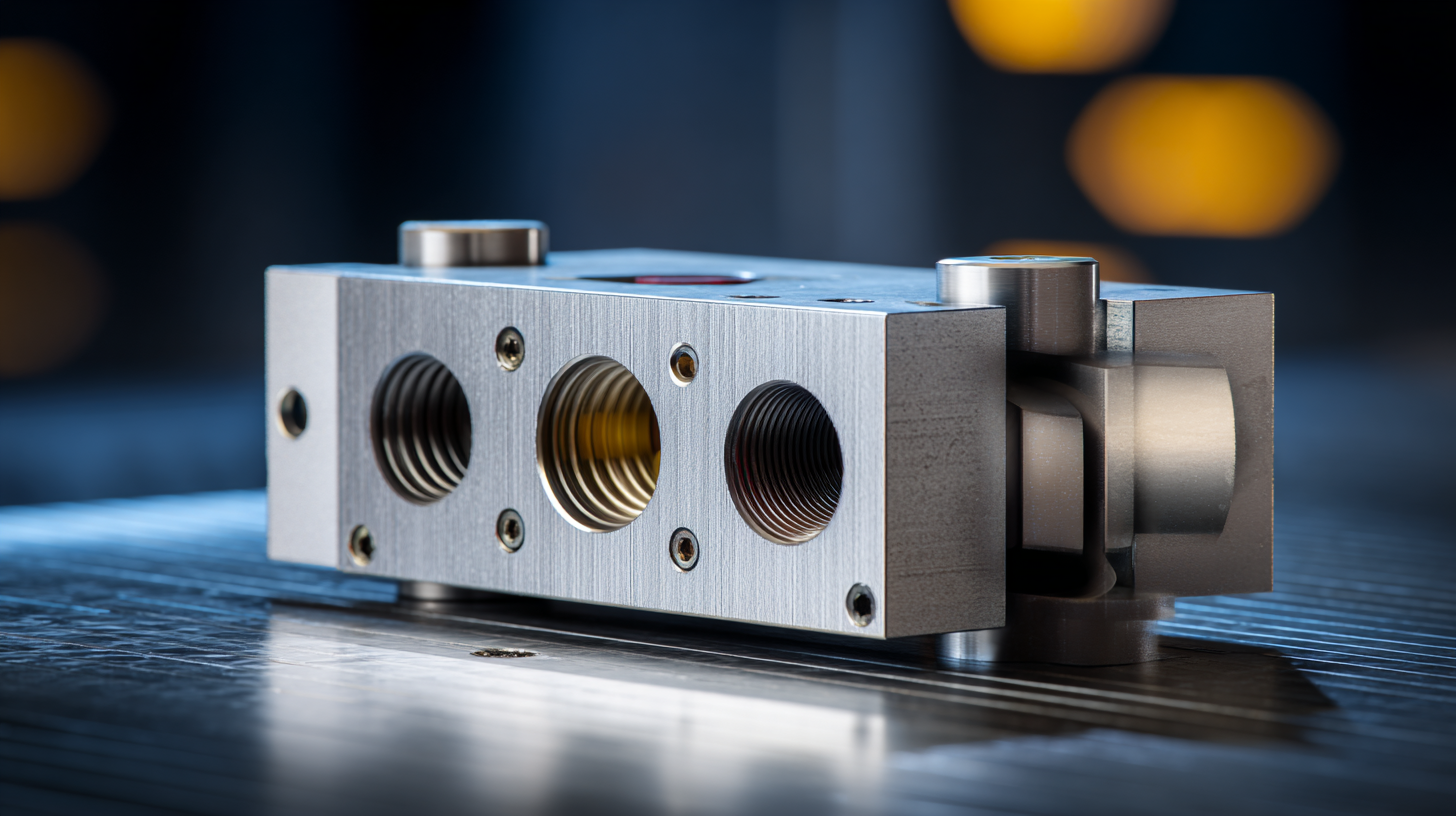
To achieve such high levels of precision, multi-axis load cells have emerged as a transformative technology. These advanced devices enhance the capability of digital scales, allowing for accurate weight measurements in multiple directions. This is particularly important in applications that require the monitoring of various force components simultaneously. By leveraging the principles of physics, such as the distribution of weight and gravitational forces, multi-axis load cells enable industries to achieve exceptional accuracy, representing a significant advancement in the measurement technology landscape.
As industries continue to evolve, the role of precise weight measurement facilitated by these innovative devices will be increasingly vital in meeting stringent operational standards.
Exploring Multi-Axis Load Cells: Definition and Functionality
Multi-axis load cells are advanced sensors designed to measure forces and weights in multiple directions simultaneously. Unlike traditional load cells that predominantly measure vertical loads, these sophisticated devices can capture complex loading conditions, making them invaluable in various applications such as robotics, aerospace, and manufacturing. Their inherent ability to detect forces along different axes allows for more precise data collection, enhancing the accuracy of measurements in dynamic and static environments.
The functionality of multi-axis load cells hinges on their intricate design, which typically incorporates several strain gauges strategically positioned to convert mechanical deformations into electrical signals. This configuration not only improves sensitivity but also ensures that measurements remain reliable, even under challenging conditions. By providing real-time feedback and integrating seamlessly with computer systems, multi-axis load cells facilitate advanced monitoring and control processes, paving the way for innovations in fields where precision is paramount.
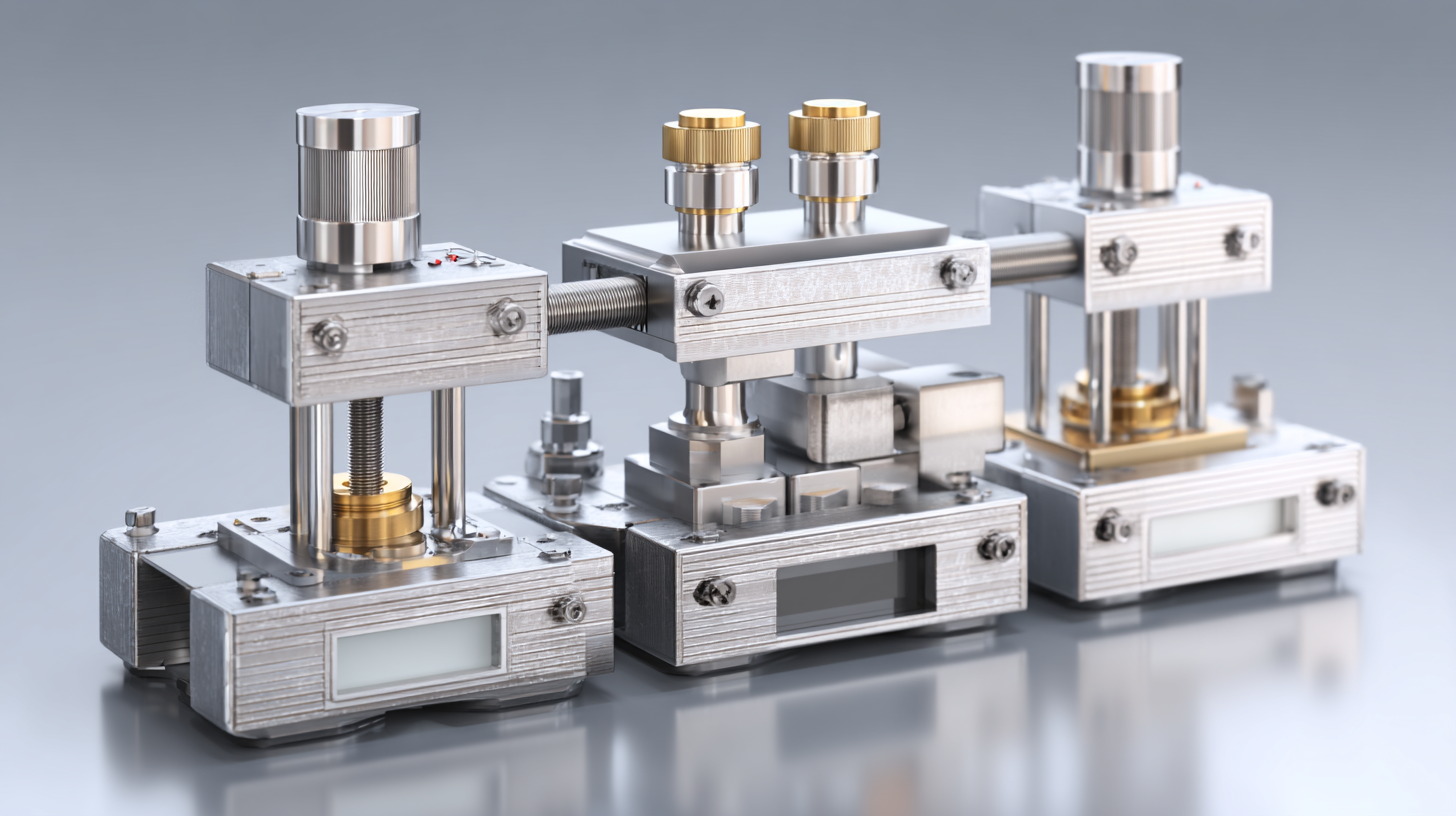
Advantages of Multi-Axis Load Cells Over Traditional Load Measurement Devices
Multi-axis load cells have emerged as a game-changer in the realm of weight measurement, offering significant advantages over traditional load measurement devices. Unlike the conventional single-axis sensors that only measure force in one direction, multi-axis load cells can simultaneously capture multiple forces and torques across various axes. This capability is especially valuable in applications where comprehensive data is crucial, such as in industrial tribotesting. For example, a 6D force-torque sensor can measure three forces and three torques simultaneously, providing a more complete understanding of the dynamic interactions in mechanical systems.
Tip: When selecting a load measurement device, consider the specific requirements of your application. Multi-axis load cells can provide enhanced accuracy and detail in scenarios involving complex force interactions, which traditional sensors may not detect.
Additionally, the flexibility and compact design of multi-axis load cells make them ideal for integration into modern technological setups. They not only streamline the measurement process but also reduce the need for multiple sensors, thereby optimizing space and cost. This evolution in weight measurement technology enables industries to achieve higher precision and efficiency in their operations.
Tip: Always ensure that the chosen multi-axis load cell is compatible with your existing systems to maximize performance and reliability.
Applications of Multi-Axis Load Cells in Advanced Engineering and Manufacturing
Multi-axis load cells are transforming the landscape of advanced engineering and manufacturing by enabling precise and reliable weight measurements across multiple axes. According to a report by MarketsandMarkets, the load cell market is expected to grow from $1.2 billion in 2021 to $1.7 billion by 2026, largely driven by the integration of multi-axis load cells in various applications. These sensors provide not only the standard load measurement but also moment measurements around different axes, significantly enhancing the capability of machines and testing setups in sectors such as aerospace, automotive, and robotics.
In the automotive industry, for instance, multi-axis load cells are increasingly used for fatigue testing of vehicle components. By applying loads in various directions, engineers can evaluate how materials will behave under real-world conditions, ensuring reliability and safety. Another notable application is in the field of robotics, where precise load measurements are critical for delicate tasks such as assembly operations and small part manipulation. With advances in technology and data analytics, companies are harnessing the capabilities of multi-axis load cells to improve product quality and operational efficiency, ultimately leading to innovations that reshape manufacturing processes.
Future Trends and Innovations in Multi-Axis Load Cell Technology
The advancements in multi-axis load cell technology are poised to reshape weight measurement across various sectors. According to a report from MarketsandMarkets, the load cell market is projected to reach $2.5 billion by 2026, growing at a compound annual growth rate (CAGR) of 5.7%. This growth is driven by the increasing demand for precise measurement in applications such as aerospace, automotive, and manufacturing, where accurate weight data is crucial for optimizing processes and ensuring quality control.
One of the most significant innovations in this field is the introduction of multi-axis load cells, which can measure forces in multiple directions simultaneously. This capability not only enhances measurement accuracy but also improves efficiency in testing and monitoring systems. A study conducted by the International Society of Automation highlighted that utilizing multi-axis load cells can reduce testing time by up to 30% compared to traditional single-axis sensors. As industries continue to push towards automation and data-driven decision-making, the role of multi-axis load cells as an integral part of weight measurement systems will become increasingly critical, paving the way for smarter and more reliable technological solutions.
Unlocking Precision: Multi-Axis Load Cells in Weight Measurement
This bar chart illustrates the precision improvements in weight measurement achieved through the use of multi-axis load cells over the years. It shows the average accuracy rates (%) of traditional vs. multi-axis load cells from 2015 to 2023.
Related Posts
-

Top Strategies for Selecting the Best 5kg Load Cell for Your Business Needs
-
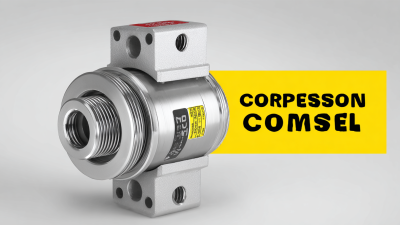
Discovering the Best Compression Load Cells: A Global Buyer’s Guide for Performance and Reliability
-

Navigating the Best Force Sensor Market How to Identify Top Manufacturers with Key Comparisons
-

5 Essential Tips for Choosing the Right Thin Load Cell
-

How to Choose the Perfect Thin Load Cell for Your Industrial Applications
-
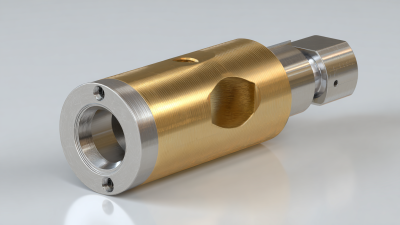
Understanding the Benefits of Through Hole Load Cell for Accurate Measurements

